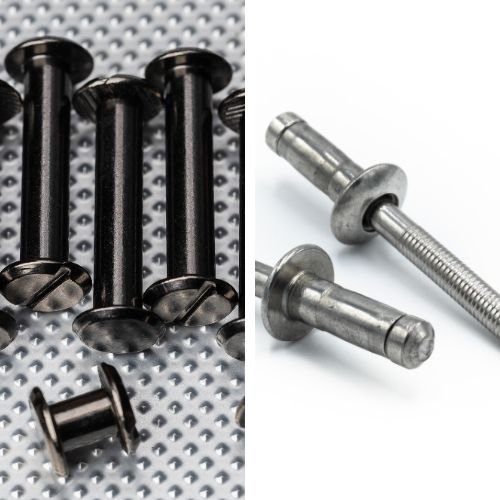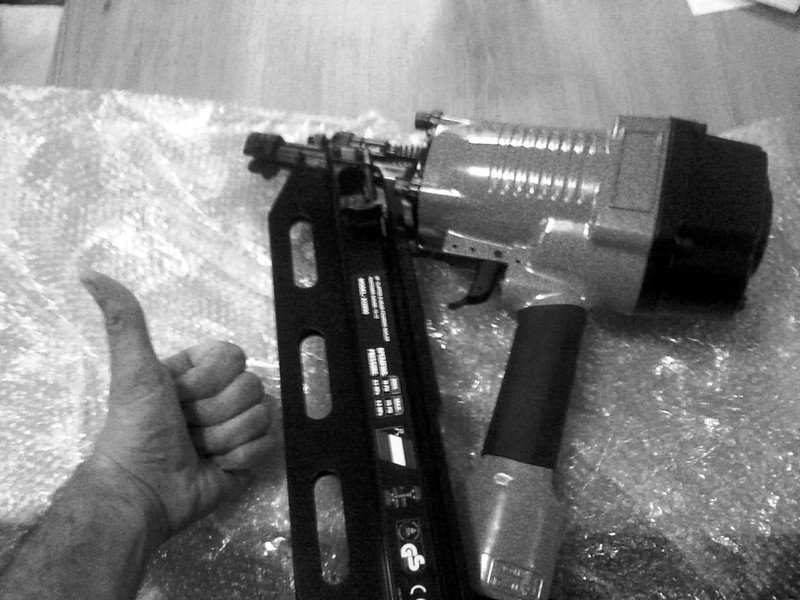When it comes to plumbing, the right tools and materials can mean the difference between a job well done and a waterlogged headache. Among the many decisions plumbers face, one of the most important is choosing the correct sealant for the job.
With options like pipe dope, plumber’s putty, and Teflon tape, how do you determine which one to use? Each has its own strengths, weaknesses, and ideal applications. Let’s dive into these options and figure out what works best for your plumbing project.
Pipe Dope: The Traditional Powerhouse
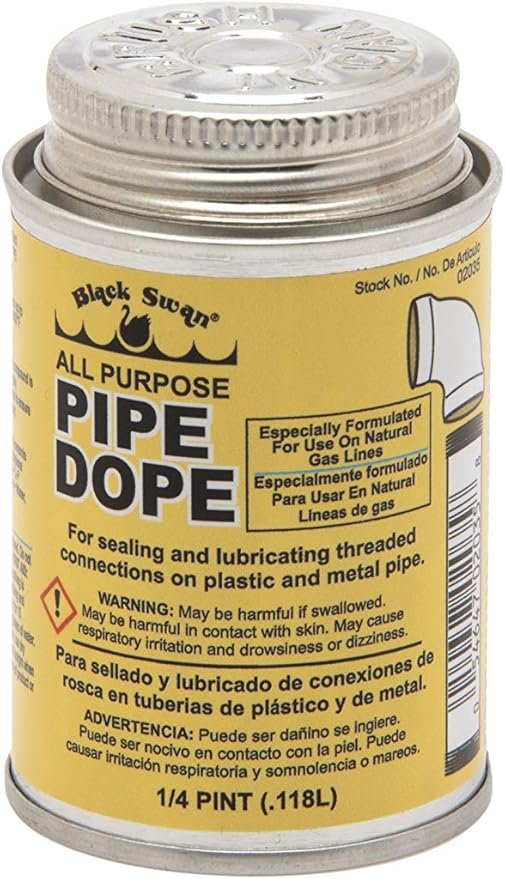
Pipe dope, also known as thread sealant, has been a trusted companion in the plumbing world for decades. It’s a thick paste applied to the threads of pipes to create a watertight seal.
Pipe dope is your go-to for threaded connections where liquids or gases pass through. This includes water lines, gas lines, and even HVAC systems. Its paste-like consistency ensures that it fills the tiny gaps in threaded connections, providing a tight seal.
Why Use Pipe Dope?
- Durability: Once cured, pipe dope creates a long-lasting seal that can withstand high pressures and temperatures.
- Ease of Application: Simply brush or spread it onto the threads, and it’s ready to go.
- Compatibility: Many pipe dopes are designed to work with a variety of materials, including metal and plastic.
When Not to Use Pipe Dope
- Non-Threaded Connections: Pipe dope is ineffective for smooth surfaces or compression fittings.
- Frequent Disassembly: Once applied and cured, removing pipe dope can be challenging, making disassembly a chore. Thus the permanent bond makes future disassembly difficult and messy.
- Plastic Threads: Some pipe dopes are too aggressive for plastic threads and can cause damage over time.
- First-timers: Pipe dope can be a bit unwieldy, especially for first-timers. Its sticky texture can get everywhere if you’re not careful.
Despite these drawbacks, pipe dope remains a staple in the plumber’s toolkit for its reliability and performance under challenging conditions. Whether you’re working on a residential water heater or an industrial pipeline, pipe dope is a dependable choice.
Plumber’s Putty: The Flexible Friend
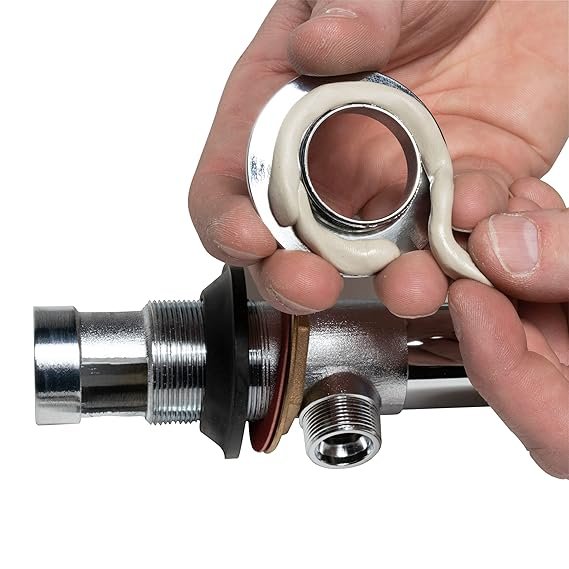
Plumber’s putty is a moldable, clay-like material primarily used to seal fixtures, such as sinks, faucets, and drains. It’s not designed for pressurized systems but is invaluable in creating watertight seals in static joints.
If you’re installing a new sink or replacing a faucet, plumber’s putty is often the sealant of choice. It’s perfect for areas where you need a flexible, non-hardening seal.
Why Use Plumber’s Putty?
- Reusability: Because it doesn’t harden, you can remove and reuse it as needed.
- User-Friendly: Easy to mold and apply, even for beginners.
- Clean Removal: Unlike pipe dope, plumber’s putty is easy to clean up and leaves minimal residue.
When Not to Use Plumber’s Putty
- Pressurized Systems: It cannot handle the pressure or ensure a secure seal in water or gas lines.
- Modern Surfaces: Materials like granite or marble can stain if exposed to plumber’s putty. In such cases, silicone sealants are a better option.
- Heat Exposure: High temperatures can cause the putty to break down over time.
Plumber’s putty is ideal for static applications, offering flexibility and ease of use. It’s a staple for home improvement projects and a reliable ally for those new to plumbing tasks. However, understanding its limitations ensures you don’t use it inappropriately.
Teflon Tape: The Versatile Tape Wonder
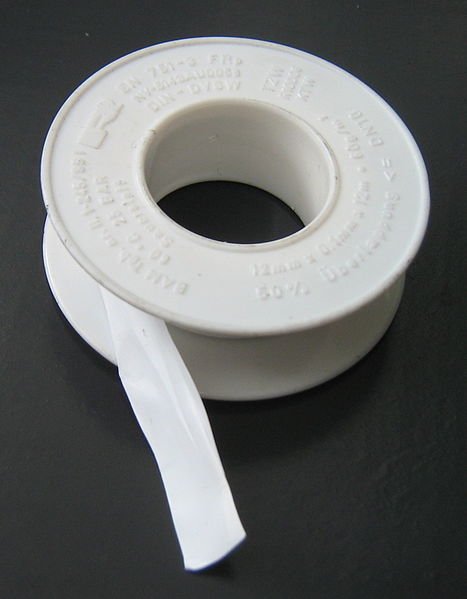
Also known as PTFE tape, Teflon tape is a thin, flexible tape that’s wrapped around pipe threads to create a seal. It’s a favorite among both DIYers and professionals for its ease of use.
Teflon tape is ideal for threaded pipe connections, particularly in situations where you need a quick, reliable seal. It’s commonly used for water, gas, and air lines.
Why Use Teflon Tape?
- Simplicity: Just wrap it around the threads, and you’re good to go.
- Clean Application: Unlike pipe dope, Teflon tape is clean and easy to handle.
- Variety: Available in different grades and colors for specific applications (e.g., yellow for gas, pink for water).
When Not to Use Teflon Tape
- High-Pressure Systems: It may not hold up as well under extreme pressure, where pipe dope might be more reliable.
- Improper Wrapping: If not applied correctly, it can bunch up or slip, leading to leaks.
- Soft Threads: Over-tightening can cause soft threads (e.g., plastic) to crack, especially when Teflon tape is used excessively.
Teflon tape’s simplicity makes it an attractive option for many, but its effectiveness hinges on proper application. For those seeking a balance between ease and reliability, Teflon tape is hard to beat.
Choosing the Right Sealant
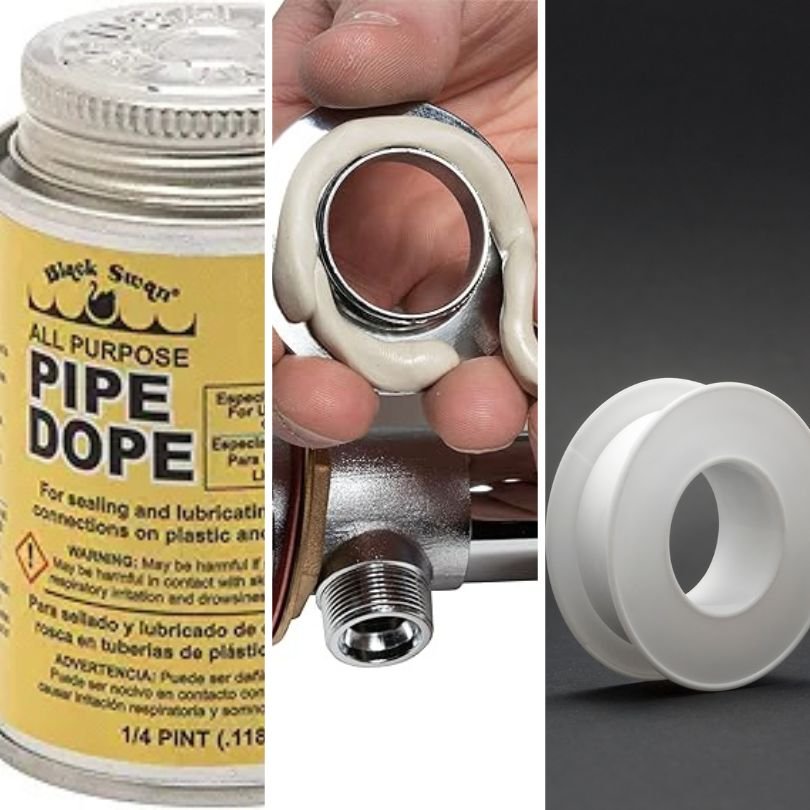
So, how do you decide which sealant to use? Consider the following factors:
Application Type: Are you sealing a drain, a faucet, or a pressurized pipe? Plumber’s putty works for static fixtures, while pipe dope and Teflon tape excel in threaded connections.
Material Compatibility: Ensure the sealant is compatible with the materials you’re working with. For example, some pipe dopes are not suitable for plastic threads.
Ease of Use: If you’re a beginner, Teflon tape might be your best bet for its simplicity.
Longevity: For permanent solutions, pipe dope is a reliable choice. If you need flexibility, plumber’s putty is your friend.
Pressure and Temperature: High-pressure or high-temperature systems often require the durability of pipe dope.
Personal Preference: Your comfort level with each material also plays a role. If you find one product easier to handle, that’s a valid factor to consider.
Which and When – Handbook
So, how do you quickly decide which sealant to use? Here’s a handy breakdown:
Use Pipe Dope When:
- Sealing threaded connections that carry liquids or gases.
- You need a durable, long-term solution.
- You’re working with metal threads (ensure compatibility with plastic if applicable).
Avoid Pipe Dope When:
- The joint is non-threaded or requires frequent disassembly.
- You’re dealing with plastic threads without verifying compatibility.
Use Plumber’s Putty When:
- Sealing sink drains, faucets, or other static fixtures.
- Flexibility and reusability are important.
- The material is non-porous and resistant to staining.
Avoid Plumber’s Putty When:
- Working with pressurized systems.
- The surface is sensitive to staining, like marble or granite.
Use Teflon Tape When:
- Creating a seal for threaded connections in water, gas, or air lines.
- You need a quick and clean application.
- A temporary or moderately durable solution suffices.
Avoid Teflon Tape When:
- The system is under extremely high pressure or temperature.
- Threads are soft and prone to cracking under tension.
A Pro Tip for Success
For a truly secure connection, consider combining sealants where appropriate. For instance, you can use pipe dope on the threads and follow up with a layer of Teflon tape for added security. This technique is especially useful in high-pressure applications. The combination of these materials offers both the adhesive strength of pipe dope and the adaptability of Teflon tape.
Final Thoughts
Choosing the right sealant isn’t just about following the rules—it’s about understanding the unique needs of your project. Each sealant has its strengths and weaknesses, and knowing when and why to use (or avoid) them can save you from unnecessary frustration and costly repairs. Remember, plumbing isn’t just about pipes and fittings; it’s about creating a system that’s reliable, efficient, and built to last. So, next time you’re faced with the question of pipe dope, plumber’s putty, or Teflon tape, you’ll know exactly what to do.


